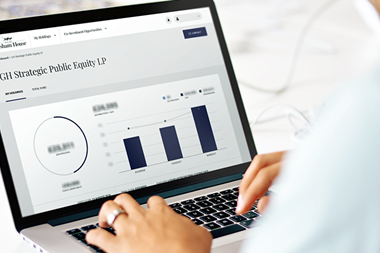ESTONIA - Investment regulations for Estonia's second pillar are set to be revised following a post-crisis analysis by the country's finance ministry.
Recommendations include making it easier for scheme members to switch between the dozen existing pension funds.
The analysis carried out last year focused on the "aspects that were most critical during the crisis", including pension fund investment, risk management, information disclosure and members' options to react to developments, finance ministry spokeswoman Katrin Reimann confirmed to IPE.
"In conclusion," Reimann added, "the regulation of the conservative pension funds [pension funds with no equity exposure] turned out to be the one that needs to be inspected."
The finance ministry's suggestions included stricter regulations for bond investments, such as the requirement that at least 50% of investments should have credit rating A2 or higher, according to Moody's or equivalent agencies - with the remainder being investment grade.
Further, net open FX positions are to be reduced from 50% to 25%, and "more detailed requirements" related to risk management procedures have also been mooted.
Companies running mandatory pension funds will have to disclose their investment reports monthly, and members will be given two additional opportunities during the year - rather than only on 1 January - to change to another pension fund.
There will also be tighter regulations regarding pension funds investing in equities and bonds of their own management companies.
The bill is currently in the consultation stage and expected to be presented to the government in November.
But Reimann pointed out that the new regulations will not make a "large or conceptual reorganisation" of the compulsory funded pension system necessary.
The system was introduced in 2002, and six providers are currently managing just over €1bn in 12 funds.
Insurer Ergo launched a new fund in September with a rather aggressive strategy that allows as much as 75% of the assets to be invested in equities.
In the third quarter, the EPI index, which combines the average returns of all mandatory pension funds, increased by 2.7%.












No comments yet